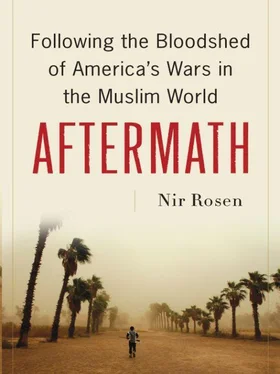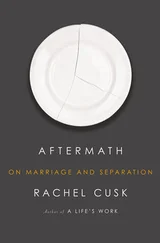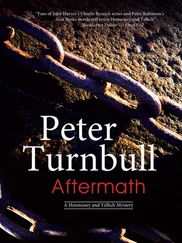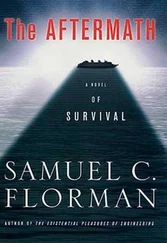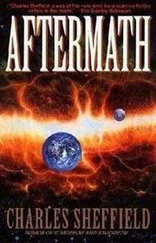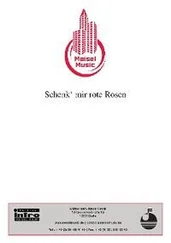More followed suit. Abu Ali, a Shiite whose family had been neighbors of Solaf and who also said he had been threatened, sold his property and moved to Hilla province in mid-December 2005. One week later his neighbor Iyad, whose shop was about 100 meters away from Solaf’s house, closed it and fled Dora, too. Iyad moved some of his most important property out, left the rest in one room, and locked the house. He phoned some neighbors two days later and asked them to watch the house and report any attack. He explained that he was afraid because he was Shiite and had a brother who had been executed by the former regime for allegedly belonging to the Dawa Party. “Dora is not for Shiites any more, and only Sunnis can live there,” Iyad said. “Sunnis are attacking Shiites to force them to leave and sell their houses for cheap prices. I am not going to give my house to Sunnis for free.” Although sectarianism was the primary motive, some Sunnis did derive economic benefit from the removal of Dora’s Shiites. Soon poor Sunnis could purchase a good house in Dora and live among other Sunnis for much less than what they would normally have paid before.
The Brothers Mulla Murder Gang
Shiites had militias of their own, which were prepared to avenge the deaths in their community and sometimes to profit from the violence too. Maalif is a majority-Shiite neighborhood in Seidiya, which is in southwestern Baghdad. It was established in the late 1980s when the government decided to transfer tribes from villages in the Taji area north of Baghdad so that it could build a factory and a military camp where they had been living. The families preserved their tribal habits and traditions in the city. Maalif was divided among a few large tribes and a collection of other poor people (Sunnis and Shiites) who moved to the city in the 1990s for cheap living, but its population was overwhelmingly Shiite, unlike Seidiya, which is nearly evenly split. Being a poor neighborhood, Maalif tended to see higher rates of violence, criminality, and religiosity among its residents.
In Maalif people from the same tribe often enter the same profession and cause problems for outsiders seeking to compete. The Dilfi tribe had buses for transportation, the Chaab had pickups for transportation, and the Tual were all butchers. Hussein was a butcher from the Tual tribe who had about five butcher shops in Seidiya. His partner, a man called Ahmed al-Mulla, was also from his tribe. Hussein and Ahmed had many contracts with the former regime to provide meat for the army. This had enriched them and sealed their friendship.
After the Americans overthrew Saddam, two of the Mulla brothers returned home from exile in Iran, where they had been soldiers in the Badr Brigade. Ahmed and Hussein became religious and hung portraits of Shiite leaders like Sistani and Khomeini all over their shops’ walls. They joined the Badr Brigade and formed an assassination group, transforming one of Hussein’s shops in the Elam neighborhood into an office for interrogating former regime loyalists, whom Hussein called Saddamists. Hussein and Ahmed obtained Baath Party records with the names, addresses, and details of members in Seidiya—they even included the types and serial numbers of weapons owned by the men. The records were a gift to Ahmed from Shiite locals who had raided the Baath Party office in their neighborhood and transformed it into a Shiite mosque after the fall of Baghdad. Hussein and Ahmed scanned the records and interviewed about ten former Baath Party members a day. They would knock on their doors and inform the Baathists: “You were a Baath Party member, and you need to come visit us in our office in the Elam Market to clarify a few issues.” Then they would leave.
They opened their office in May 2003. It had a desk with two chairs for Ahmed and Hussein as well as a long bench and portraits of Sistani and Khomeini. The Baathist would enter their office, sit on the bench, and sign a statement that he was innocent and not involved in any of the Baath Party crimes. The statement said: “I condemn all the former regime’s activities against the Iraqi people and I regret everything I have done with that regime and I promise to never help the Baath Party again.” Then they would be asked to hand over their weapons, and Ahmed and Hussein would compare the serial numbers with those on record.
Local Baathists were frightened of this organization and started fleeing Seidiya. Ahmed and Hussein were careful not to let any Baathist retain his weapons. The murder of Baathists in Seidiya intensified one month after the office opened. Hussein and Ahmed sought to obtain a fatwa that would give them legitimate cover for their militia, but they failed to find a respected cleric to provide one. Even their dearest friend and neighbor Sheikh Dhafer al-Qeisi, Sistani’s representative for southern Baghdad, refused to acquiesce, although he backed their activities.
Their group was very professional, driving fast Opel cars with many young members who moved quickly. They assassinated more than fifty alleged “Saddamists.” Ahmed spoke proudly about his operations in public and often said that he would exceed 100 dead Saddamists by the end of 2005. He was also known to kill Salafis from the Sunni mosque next to the Elam Market. Sunnis in Elam began to fear Ahmed, worrying that they might be targeted next, since most of the former Baathists in his neighborhood were Sunni. In late 2004 Sunnis from the Omar Mosque in Elam formed an assassination squad; their main targets were Ahmed and Hussein.
One evening in March 2005, Kadhim, a member of Ahmed and Hussein’s group, was hanging out in a shop with Ahmed when they were attacked. Kadhim died immediately. Ahmed was seriously wounded and remained in the hospital for one month to recover from his injuries. One week after he left the hospital, while he was visiting his shop again, he was assassinated. His sixteen-year-old assistant died with him. After Ahmed’s death the group ceased conducting operations, and Hussein received letters in his shops threatening him with death if he did not leave the neighborhood. Hussein was shot in October 2005 with his brother Mohammed while they were driving their truck home one evening. Hussein died immediately but Mohammed remained conscious long enough to make a phone call. He was seriously wounded, but he survived.
The day after Hussein’s murder, his eldest brother was locking up his shop when he found another letter: “In the name of God, we did not oppress them but they were oppressing themselves, those who killed the sons of Sunnis and Baathists, they killed the men, made the children orphans, and made the wives widows, they are cursed for what their hands have done. We will beat them like they beat us, and we will kill them everywhere.”
Hussein had lived in a big house with his brothers and cousins and was surrounded by fellow tribesmen. His area had a robust Shiite majority and was full of Mahdi Army men, but his family did not feel safe enough to stay in Maalif. They left their houses and shops to return to the south, from where they had come thirty years earlier.
A few months later, on December 25, 2005, thirteen Sunni families were threatened and ordered to leave their homes in Maalif. Two families responded immediately, leaving the next day. The men in other families hid or left the area, leaving only the women. (Militias typically did not target women.) A Sunni woman in Maalif who hid her son at home explained the dilemma that many experienced: “There is a conspiracy to force Sunnis out of Baghdad. We are limited in the cities we can move to. We cannot move to Shula, Hurriya, Dolaie, Shaab, New Baghdad, or Al Amin, because we might face the same threats there. We can only move to Sunni neighborhoods dominated by the resistance, such as Dora and Amriya, but it is not even safe to live there. We cannot write on the walls that we are Sunnis to avoid attacks. And we might be attacked by the army by accident, since we live next to terrorists.”
Читать дальше
